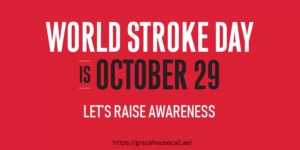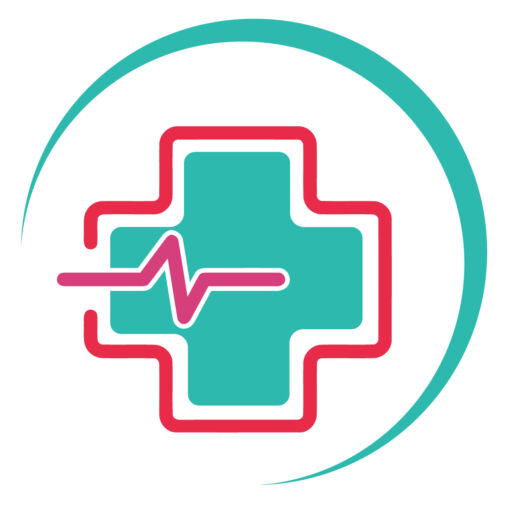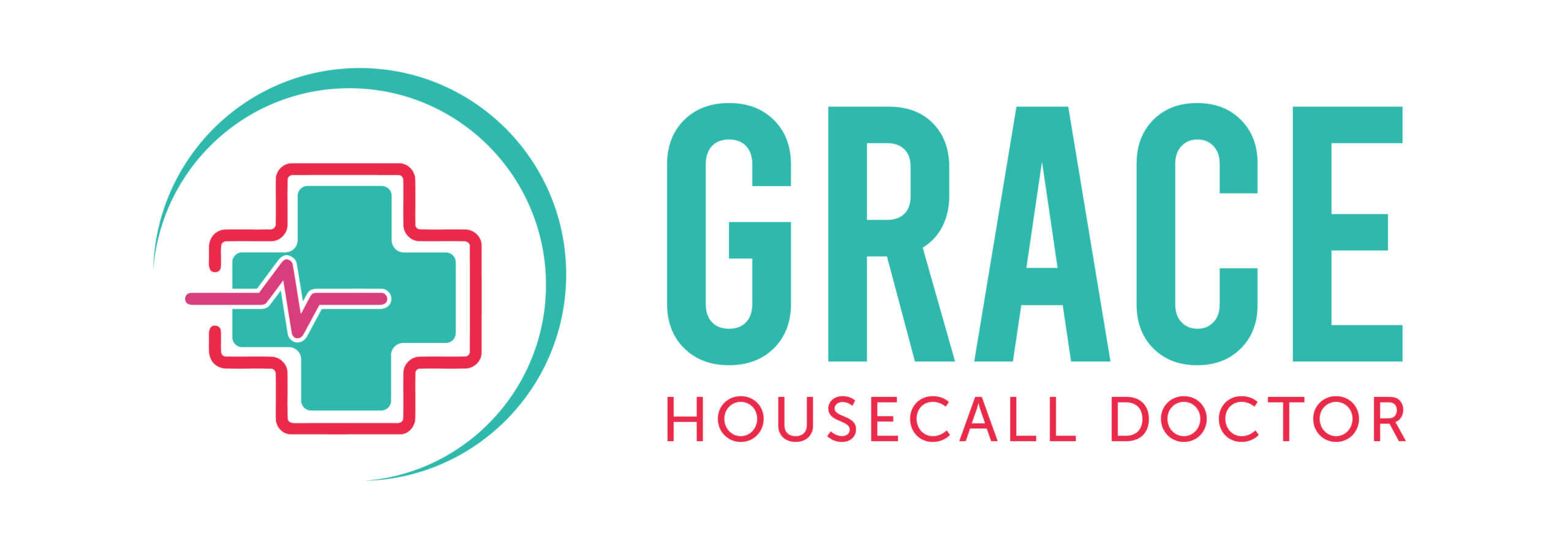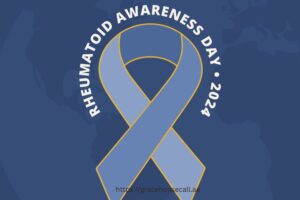World Stroke Day!

An ischemic stroke happens when there is a reduction or interruption in the blood supply to a portion of the brain, depriving the brain tissue of oxygen and nutrients. Within minutes, brain cells start to die. Treating a stroke quickly is essential because it is a medical emergency. Brain damage and other issues can be decreased with early intervention. Effective therapies can also aid in preventing stroke-related disability.
If you think that you or someone you know could be having a stroke, notice when the symptoms started. Certain treatment options work best when administered shortly after the onset of a stroke.
What is the history of World Stroke Day (WSD)?
What is the history of World Stroke Day (WSD)?
On October 29, 2004, at the World Stroke Congress in Vancouver, Canada, World Stroke Day was instituted. The day was declared to raise public awareness later in 2006. The World Stroke Federation and the International Stroke Society merged to form the World Stroke Organization in 2006. Ever since the World Stroke Organization (WSO) has been handling World Stroke Day (WSD) administration and advocacy across various platforms.

The World Stroke Organization (WSO) designated stroke as a public health emergency in 2010 in an effort to stop the rising rates of death and disability brought on by a lack of knowledge and appropriate access to diagnosis and treatment for all. Stroke is a measure of premature mortality.
What is the importance of celebrating World Stroke Day (WSD)?
Brain stroke is the second most common cause of death, the third most common cause of disability, and the second most common cause of death worldwide. Approximately 18 lakh people experience a stroke each year. It has been observed that stroke rates have increased by over 100% in low- and middle-income countries, while they have decreased by 42% in developed nations.
Brain stroke can happen to anyone at any age, even though it most frequently affects the elderly. Preventing a brain stroke may involve being aware of the risk factors and symptoms. Complete recovery is more likely when early diagnosis and treatment are received concurrently.
World Stroke Day: Importance in 2023
Now let’s talk about the specific meaning of World Stroke Day in 2023.
To spread awareness of the warning signs of stroke, the WSO has organized a comprehensive campaign program that includes the production and distribution of fresh videos. The importance of this cannot be overstated; anyone displaying these symptoms should get help right away because waiting around could have dire consequences like brain collapse, which could be fatal or leave a person permanently disabled.
There will be an awareness campaign to raise awareness of the stroke facilities that are offered by surrounding hospitals. The significance of improving global cooperation between cardiology and stroke services is highlighted by World Stroke Day in 2023.
In order to carry out these goals in an efficient manner, the World Stroke Organization (WSO) has sent out a task force team that is tasked with planning and carrying out activities that lower the global stroke percentage. Furthermore, a brand-new online game called Online Spotter has been released, which lets users play and recognize symptoms of a stroke.
These serve as the main highlights of the noteworthy events leading up to World Stroke Day in 2023.
Types of Strokes on World Stroke Day in 2023
Now, let’s understand a few of the types of Strokes occurring in people. Make sure you are aware of these so as to educate yourself and the people around you.
Strokes primarily come in two varieties. First off, an ischemic stroke happens when a clot that originates in the brain—either from the heart or somewhere else—blocks an artery and lowers blood flow to the affected area. Ischemia is the medical term for low blood pressure.
The second kind is called a hemorrhagic stroke, in which an overabundance of blood in the brain can rupture a blood vessel and cause a blood clot to form. It can be difficult to distinguish between the two because they both present with symptoms like tingling in the hands or legs, body imbalance, and drooling on the face.
A stroke’s warning signs and symptoms include-
- Difficulty in understanding and speaking with others. You might become confused, use offensive language, get hyper, or find it difficult to follow conversations.
- Numbness in the arm, leg, or face, or paralysis. Abrupt numbness, weakness, or paralysis in the arm, leg, or face is possible. Usually, this only affects one side of the body. Aim to simultaneously raise both arms above your head. Should one arm start to drop, a stroke could occur. When you attempt to smile, one side of your mouth might droop as well.
- Issues with one or both eyes’ vision. Suddenly, one or both of your eyes may become blurry or black, or you may experience double vision.
- Ache or pains in the body. If you experience a sudden, intense headache and experience vomiting, dizziness, or altered consciousness, you may be having a stroke.
- Difficulty in moving. You might trip or lose equilibrium. Additionally, you might experience an abrupt loss of balance or dizziness.
Another way to look at the symptoms is to use the acronym F.A.S.T. to identify a stroke:
- F for Face: Look for numbness or drooping of the face. Ask the person to smile and note any unusualities or irregularities that you may observe.
- A for Arm: Have the subject raise both arms to determine if they have any arm weakness or numbness. Look out for any downward drift. They might lose control of their arm, and might not even be able to raise their arm in the very first place. If they do, it might fall back.
- S for Speech: Identify speech problems, such as slurred speech. They might not be able to pronounce the word right, considering their half of their face might be paralyzed.
- T for Time: Recall that time is one of the most important factors to consider in this situation. A stroke is an emergency, and time is of the essence. Make a quick 999 call and record the moment the symptoms start. So, that you can inform the doctor about it and accordingly the treatment would proceed.
2023’s World Stroke Day- How to avoid a brain stroke?
These are the most simple but the most effective actions that can be taken to prevent brain strokes. These preventive measures should be followed by all age groups-
-
Taking Up a Healthy Lifestyle:
Make it a top priority to keep up a healthy lifestyle. A healthy lifestyle should be a priority for everyone irrespective of the phase of life they are in, how busy they are, etc.. To be able to avoid serious illnesses, one must have a working out routine along with making sure you are aware of what you are consuming.
-
Give Up Smoking:
Give up smoking to maintain a healthier circulatory system. Smoking has always been associated with the most serious illness. It’s high time that you all give up smoking, even occasionally.
-
Moderate Alcohol Consumption:
For general well-being, limit your alcohol intake. Follow the guidelines to know the appropriate amount of alcohol consumption.
-
Frequent Exercise:
Make regular exercise a part of your daily schedule. Make time for exercise each day for at least 30 minutes. You can do anything of your choice, could be working out in a gym, working out at home, doing yoga, aerobics, dancing, or playing any of the sports of your choice.
-
Conscientious Food Selections:
Adjust your diet by cutting back on meat, sugar, and sodium. Be conscious of what and how much you consume. You must be keeping a tab on healthy food consumption frequency.
-
Regular Health Checkups:
Be proactive by scheduling routine medical examinations. Consult your doctor to know when and which test needs to be done.
Early detection of stroke symptoms is essential because the condition results in the death of millions of brain cells every second. In order to prevent long-term disability, early intervention and fast action are essential. For effective stroke management, it is critical to increase public knowledge of the illness, the appropriate course of treatment, and preventative measures.
Let’s look into the details of how to make sure you are living a healthy life.
-
Select wholesome meals and beverages.
Selecting nutritious meals and snacks can help you avoid stroke. Make sure you consume a lot of fresh produce.
Consuming foods high in fiber and low in cholesterol, trans fats, and saturated fats can help prevent high cholesterol. Reducing the amount of salt, or sodium, in your diet can also help lower blood pressure. Your risk of stroke is increased by high blood pressure and cholesterol.
-
Keep your weight in check.
Obesity or being overweight raises your risk of stroke. Doctors frequently compute your body mass index (BMI) to assess whether your weight is within a healthy range. There is a BMI index that should be followed by everyone to keep themselves in check.
-
Engage in regular exercise.
Engaging in physical activity can assist you in maintaining a healthy weight as well as reducing blood pressure and cholesterol. The Surgeon General advises adults to engage in moderate-intensity aerobic physical activity, like going for a brisk walk, for two hours and thirty minutes every week. Every day, kids and teenagers should engage in an hour of physical activity.
Visit our website to consult our doctor and know your health status.
-
Avoid smoking
The risk of stroke is significantly increased by cigarette smoking. Don’t start if you don’t smoke. If you currently smoke, giving it up will reduce your risk of stroke. Our physician can provide you with tips on how to stop.
-
Limit your alcohol intake.
Steer clear of excessive alcohol consumption as this can cause blood pressure to rise. Women should limit their daily alcohol intake to one drink, while men should limit their intake to two. Visit our website to book an appointment with our doctor to know your health status.
-
Take charge of your health conditions
Consult your physician about ways to reduce your risk of stroke. You can reduce your risk of stroke even if you have diabetes, high blood pressure, high cholesterol, or heart disease, by following a healthy regime and keeping a tab on your lifestyle habits.
-
Examine your cholesterol
Your cholesterol should be checked by your physician at least once every five years. Discuss this easy blood test with your medical team. Medication and lifestyle modifications can help reduce your risk of stroke if you have high cholesterol.
-
Manage your blood pressure.
Since high blood pressure rarely exhibits symptoms, it’s important to get checked frequently. Find out from our medical team how frequently you should check your levels. A pharmacy, a doctor’s office, or your home can all be used to check your blood pressure.
Your doctor may recommend medication, lifestyle modifications, or the consumption of foods low in sodium (salt) if you have high blood pressure.
-
Manage diabetes
Your doctor might advise getting tested if they believe you have diabetes symptoms. Check your blood sugar levels often if you have diabetes. Discuss your options for treatment with your medical team. Certain lifestyle modifications, like increasing your physical activity level or making healthier food choices, may be advised by your doctor. By taking these steps, you can reduce your risk of stroke and maintain proper blood sugar control.
-
Handle cardiac conditions
Your medical team may suggest medication or surgery if you have certain heart conditions, such as coronary artery disease or atrial fibrillation (an irregular heartbeat). Treating cardiac issues can help avoid stroke.
-
Take your medication
Pay close attention to what your doctor says if you take medication for diabetes, high blood pressure, high cholesterol, or heart disease. If something is unclear to you, don’t hesitate to ask questions. Never discontinue taking medication without first consulting your physician.
By following these steps and being in regular contact with our doctor, you are moving a step closer to a healthier lifestyle. Make sure to be consistent with these.









